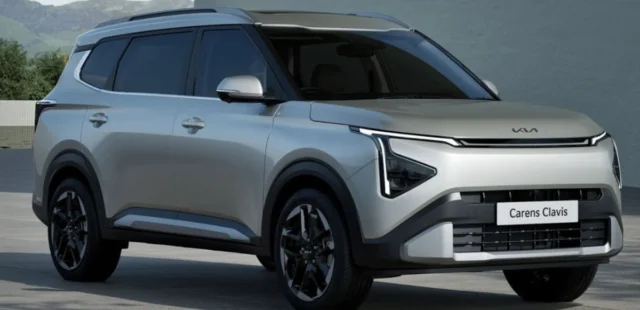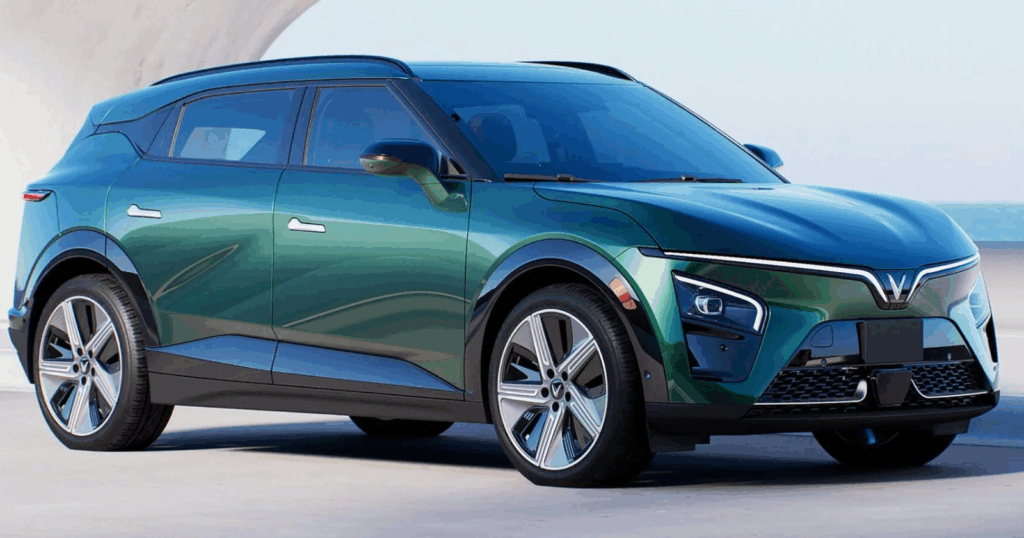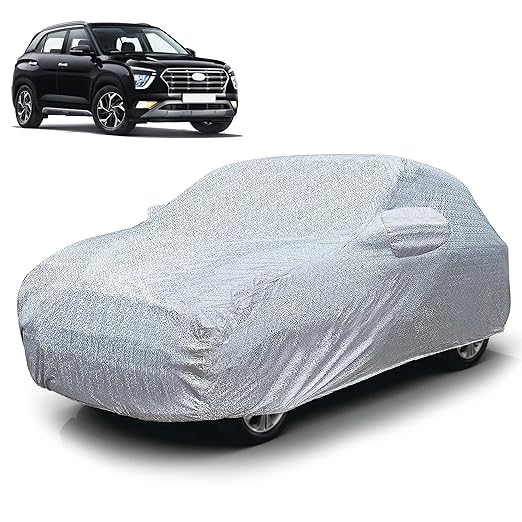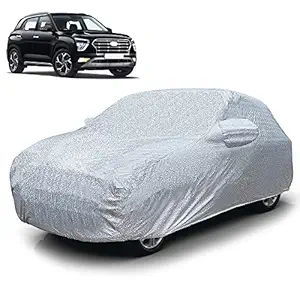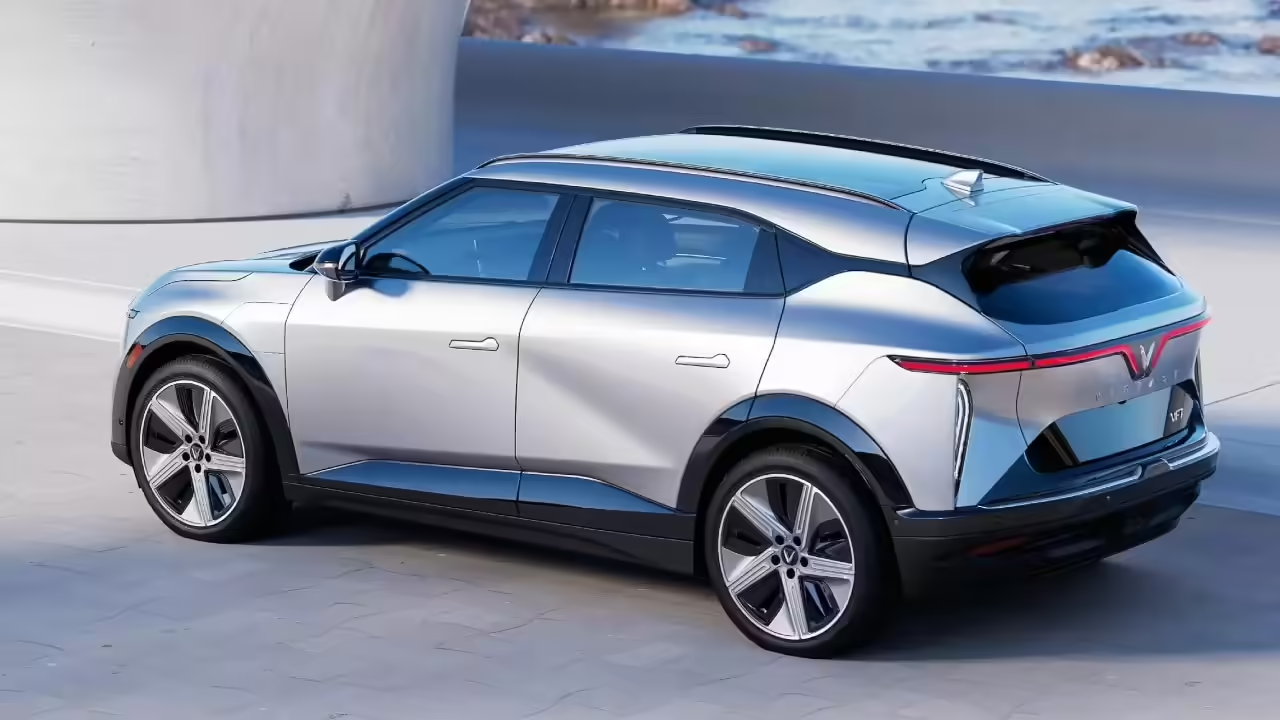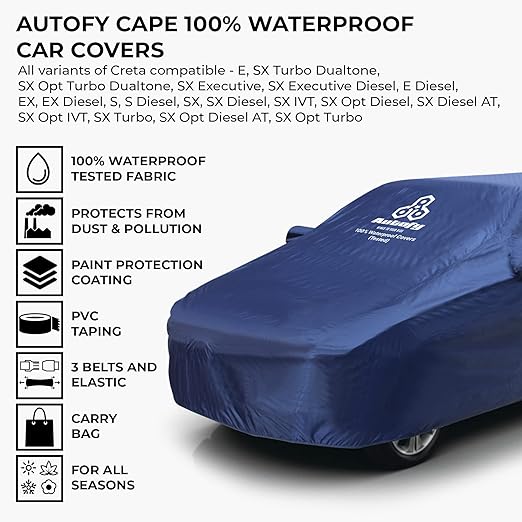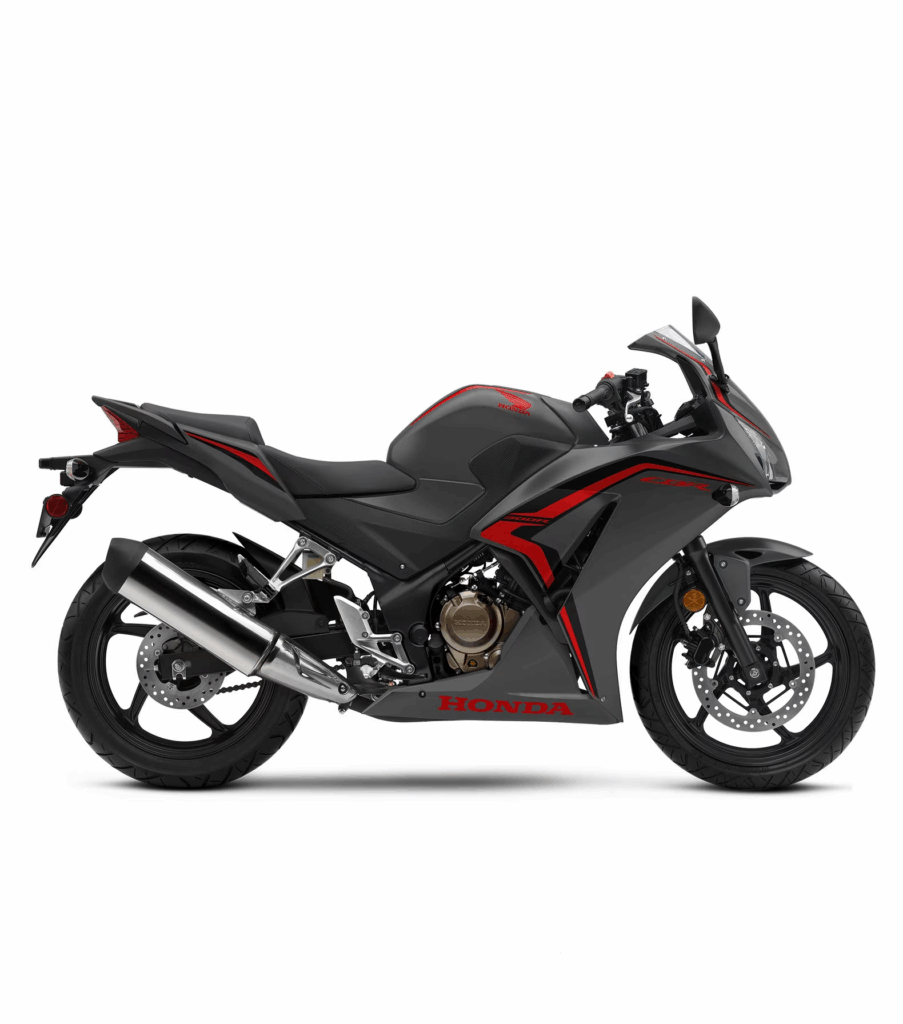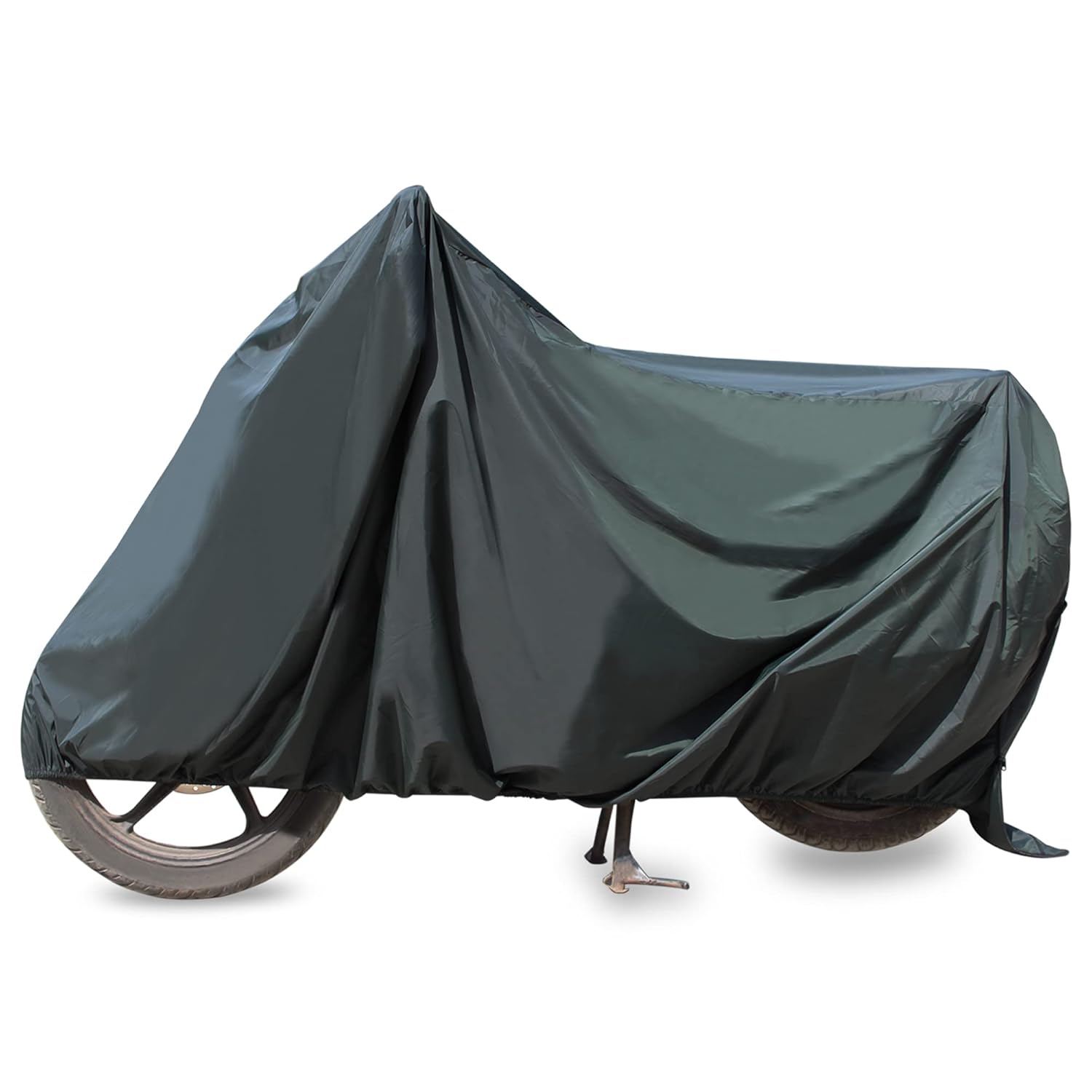Shah Rukh Khan and His Powerful Bugatti Veyron
Bugatti Veyron. Shah Rukh Khan, popularly known as the King of Bollywood, possesses one of the fastest and most expensive automobiles in the world. The car comes with a price of more than 12 crore and one that changes your status, style, and speed. Veyron uses an 8.0-liter W16 engine that can accelerate to 0 to 100 km/h within 3 seconds. This decision of SRK indicates that he adores class and performance. It is not an ordinary car, but a symbol of success and daring life, like him. There is no other Indian celebrity who has a Bugatti and hence this ride is super special.

Hrithik Roshan’s Rolls-Royce Ghost Series II Is True Royalty
Hrithik Roshan, known for his sharp looks and acting, drives a car that perfectly matches his personality, the Rolls-Royce Ghost Series II. It is a luxurious monster with a price tag of approximately 7 crores and gives you the ride of your life, elegant and smooth. Nobody can be angry in a car with a V12 engine because it sounds and gives power and peace, which is so calm and yet so powerful just like Hrithik himself. How The Ghost is a token of grace and confidence. This car is all about comfort with the best-in-class interiors, starlight roof, and smart technology. No doubt that Hrithik should have picked this as his dream car in 2025.
Want to give this a Read: Kia Carens Clavis EV Launch in India: Kia’s Most Practical Electric Car Yet

Ajay Devgn’s Rolls-Royce Cullinan Defines Bold Luxury
Ajay Devgn is known for his strong roles in action films, and his Rolls Royce Cullinan matches that bold vibe perfectly. The price of this SUV is almost 7 crore and this is not only a stylish SUV but also a fortified SUV. The Cullinan is designed to look good on the road, it is huge, solid, and comfortable. Luxury is all in the inside: handcrafted seats, woodwork, and luxury technology. Ajay has chosen luxury, but luxury can be powerful too. Be it in filming sessions or even family trips, his Cullinan gives him a touch of royalty in his life.

Ranveer Singh’s Garage: Aston Martin Rapide S and Lamborghini Aventador SV
Ranveer Singh, the most energetic star in Bollywood, owns not one but two exciting cars—the Aston Martin Rapide S and Lamborghini Aventador SV. Rapide S is a 3.9 crores four-door sports car that radiates British beauty, and Aventador SV is a 6 crores speed machine that exposes Italian flair. These cars are loud cars, cars of speed, drive, and drama, just like Ranveer. It is full of thrill and performance in his garage, whether it is a red carpet or a weekend drive. One can safely say that he has the most thrilling pair of cars in the film industry.

Mallika Sherawat’s Lamborghini Aventador SV Breaks the Norm
Mallika Sherawat shocked everyone in 2025 when she bought the stunning Lamborghini Aventador SV. This supercar has a bold and raw appearance, and it costs about 6 crores. We cannot imagine a Bollywood actress having such a mighty car, but Mallika is not an exception. The Aventador was a machine with its 6.5-liter V12 engine and the speed it can reach (above 350km / h). Her decision indicates that she is neither afraid nor hesitant to become a standout. It is not only a fast car, it is a statement.

Conclusion: Luxury Cars That Define Bollywood in 2025
From Shah Rukh Khan’s Bugatti Veyron to Mallika Sherawat’s Lamborghini Aventador SV, these Bollywood celebrities are not just actors; they’re trendsetters in the world of luxury cars. Whether it’s Hrithik Roshan’s Ghost Series II, Ajay Devgn’s Cullinan, or Ranveer Singh’s speed machines, their car choices reflect their unique personalities. The cars are not only costly, but they are also an icon of power, taste, and style
Don’t forget to share it with your friends and family. Comment below!
Connect with us on social media for more exciting car and bike-related content!
Check out our Amazon Best Sellers: CLICK HERE

